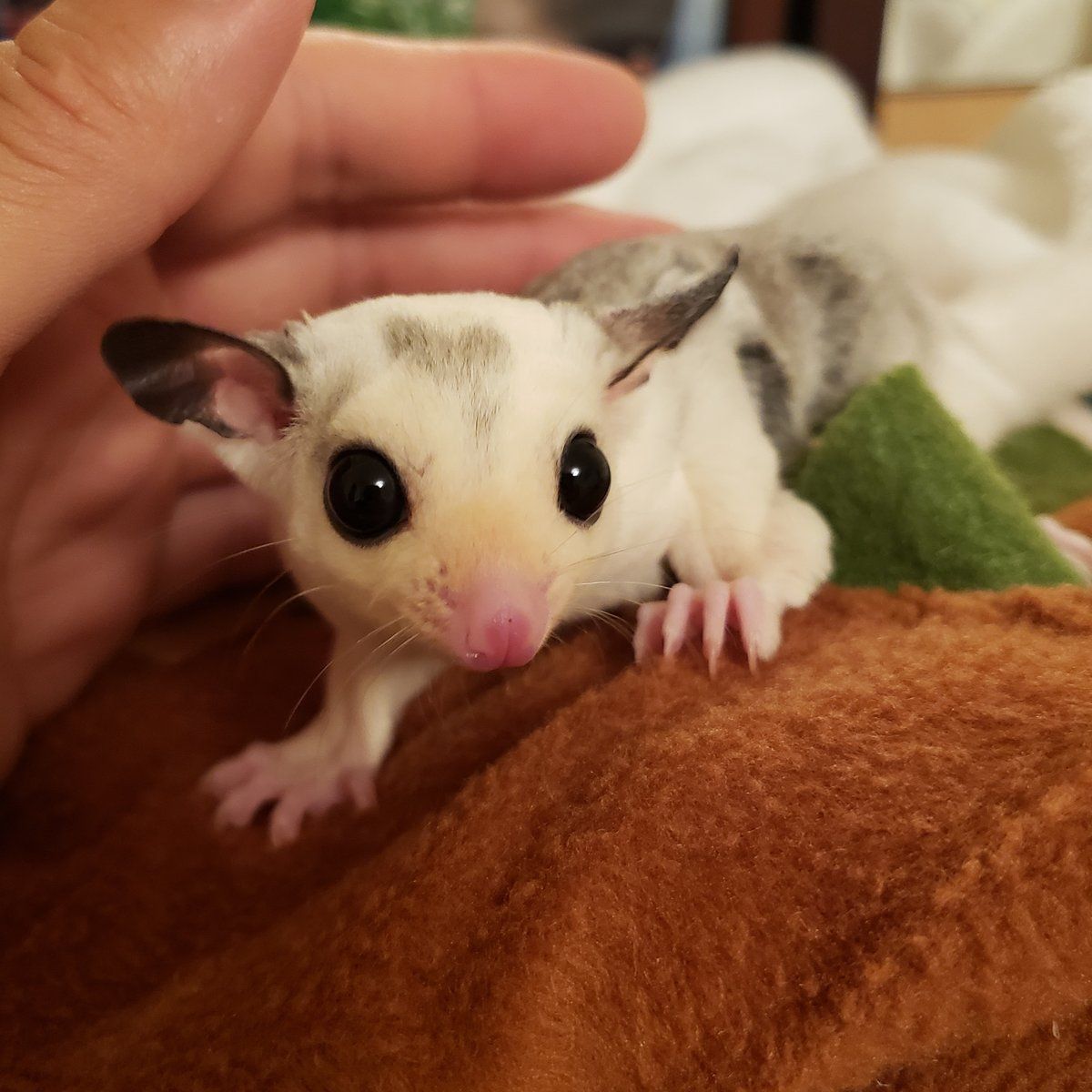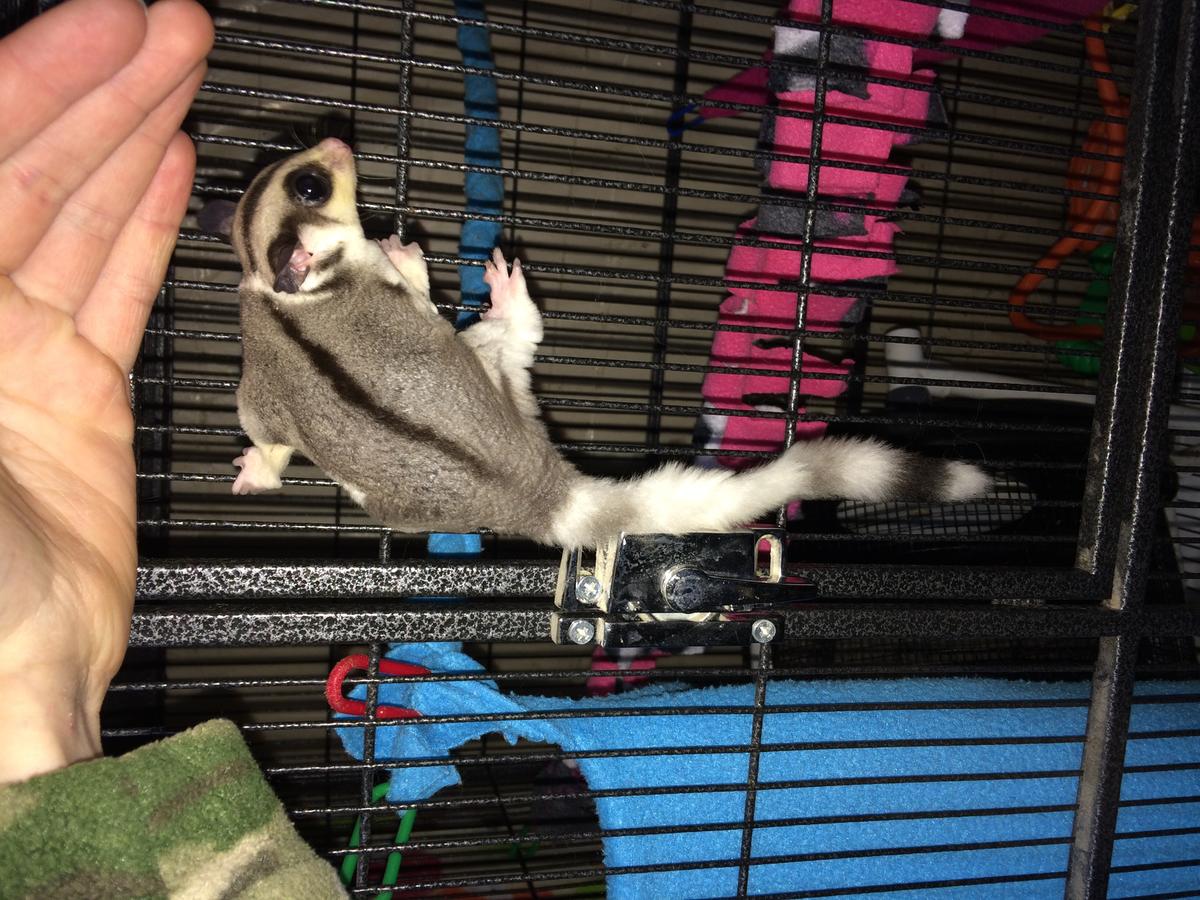SUGAR GLIDER FOR SALE
-
Sugar glider 11 weeks female Joey Leu Piebald Platinum Mosaic- ($500)
BUY MEHer name is Lucy, and he is very unique.
First, she has a heart shape mark at forehead (bet. ears). And she has a Platinum Mosaic color combination only at back. As you can see photos, her color is mix of Platinum mosaic & Leu Piebald.
Her OOP is 4/1/21, so he is able to pee/poo and eat by himself.
she is a little shy, but she is not bite.
-
platinum baby sugar glider male $300
BUY MEI have been a sugar glider breeder for about 5 years and breed for quality not quantity. All of my joeys are held and socialized from the first week they are out of pouch (oop). The joeys have such different personalities and are so loving. They are currently $300 each Joey during my sale. I do not ship my joeys so its pick up only or i can possibly deliver
-
Sugar glider joeys Ruby Leu brothers and sisters $350
BUY MESugar Glider Joey's for sale! Two Ruby Leu brother and sister, 11 weeks OOP. Reddish brown eyes. Dad is a Ruby Leu and Mom is a Cremeino het. Sold separately for $350 or together as a pair for $600.
-
Male Sugar Glider ( james) $350
BUY MEBeautiful Gray male sugar glider for sale. He is about two months old. He is eating kibble, veggies & fruit. If interested send me a message.
More about Sugar Glider For Sale
Behavior and Temperament
Many people find pet sugar gliders to be endearing and entertaining. They are quick, love to climb, and will glide from place to place if their space allows it. Plus, as nocturnal animals (meaning they're most active at night), they like to cuddle up in a nest during the day to sleep.
Because they are social animals, it's usually ideal to have more than one sugar glider, one male and several females.1 However, it's typically best to keep them away from pets of other species in the household, as they might injure one another.
Food and Water
For pet sugar gliders, variations of the homemade Bourbon's Modified Leadbeater (BML) diet are very popular. Honey, calcium powder, and baby cereal are often used in these recipes to provide proper nutrition to your glider. Fresh fruits and vegetables should be offered in moderation, less than 10 percent of total diet, because many lack essential vitamins, minerals, and protein and contain mostly water.1 Many owners put out meals in small food bowls in the morning and at night. But some sugar gliders tend to graze, rather than eat a full meal at once. So don't be concerned if you see some food leftover, but do discard leftovers prior to the next meal to prevent them from spoiling.
Consult your veterinarian on the best quantity to feed your glider, as this can vary based on age, size, and activity level. And always keep a water dish or bottle in the cage, which should be refreshed at least daily.




